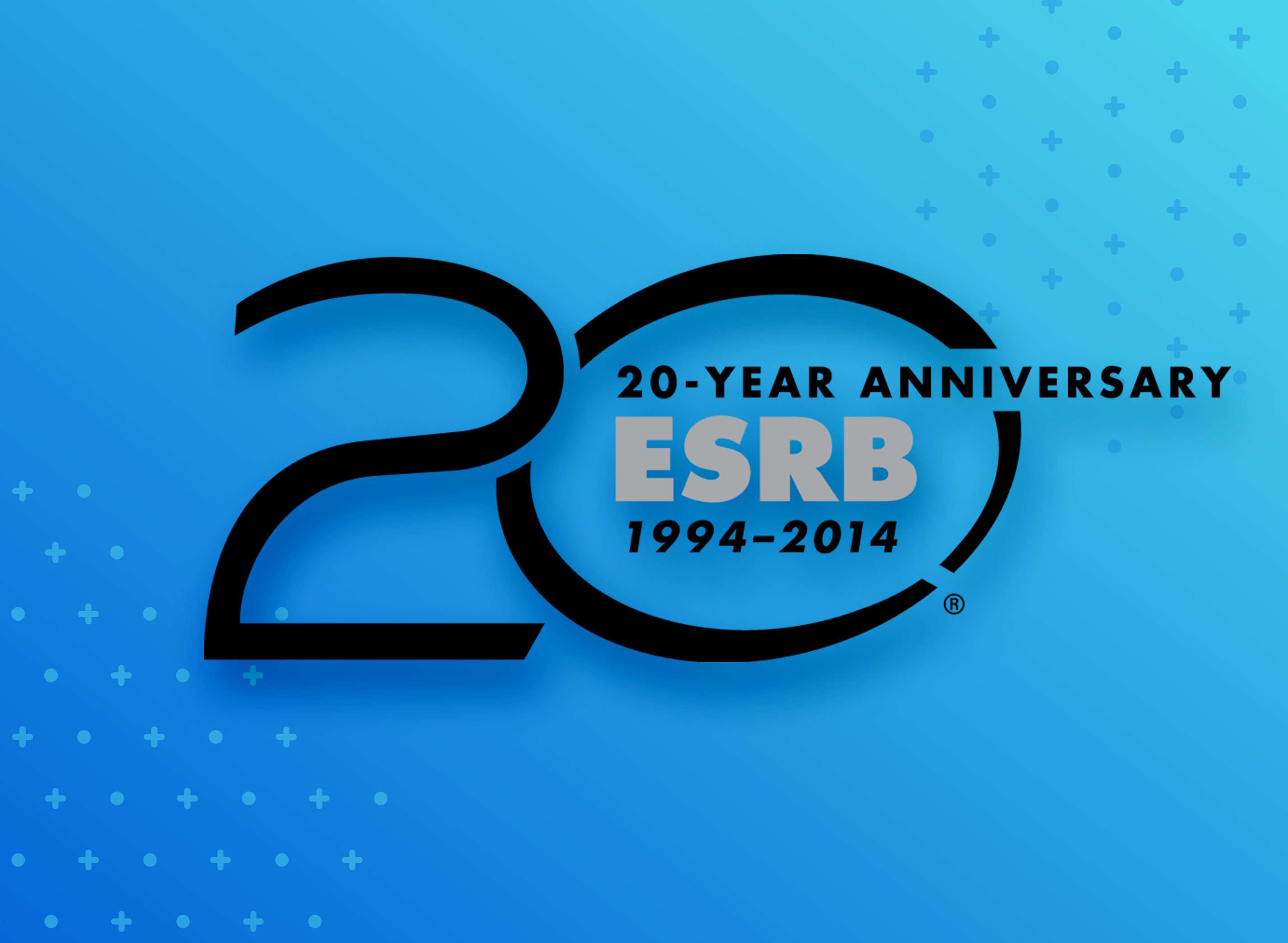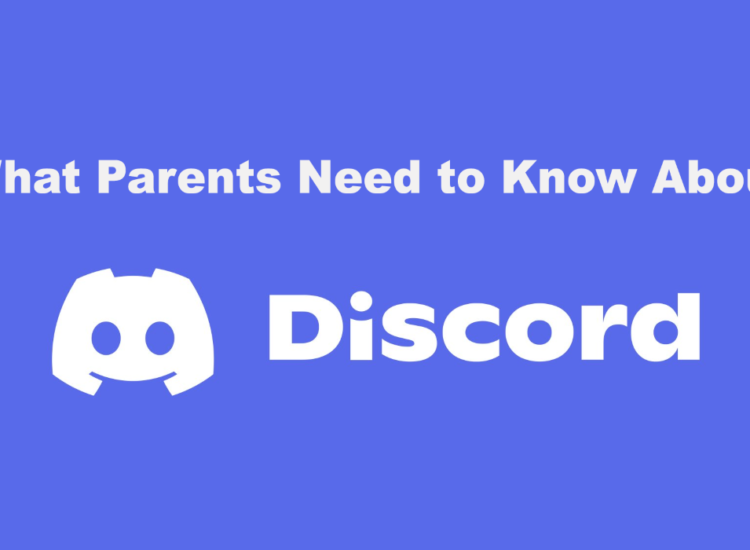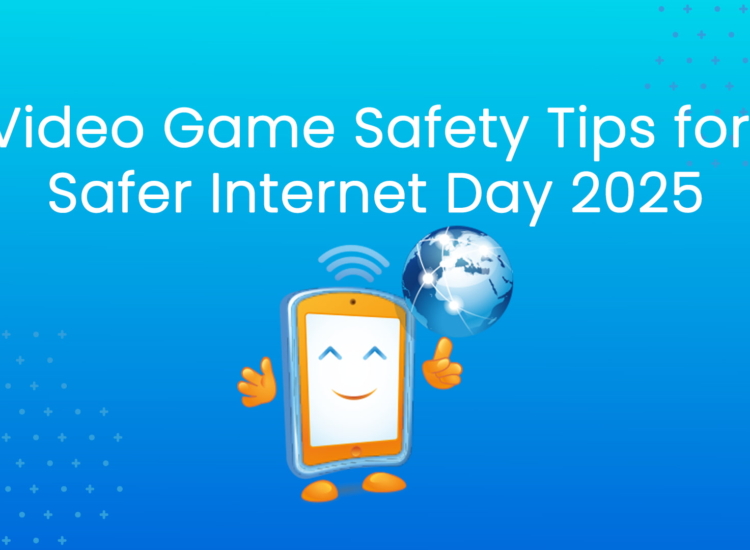ESRB Celebrates 20 Years of Rating Video Games and Apps

From Rating Games to Enforcing Advertising Guidelines to Serving as a COPPA Safe Harbor, ESRB Empowers Parents and Advances Industry Best Practices
NEW YORK, NY – Mario, Sonic, Master Chief, Ratchet and Clank, Lara Croft, Snake, and countless other video game characters have shared one thing in common over the last 20 years: they’re all featured in a game that carries an Entertainment Software Rating Board (ESRB) icon. Today, the ESRB, the organization that assigns age and content rating information to video games and apps, celebrates 20 years of rating interactive content, helping and educating parents, and ensuring the $21 billion video game industry markets their games responsibly.
Consistently praised by government officials1 and consumers as the most effective entertainment rating system, ESRB ratings have appeared on nearly every computer or video game sold at retail in North America over the last 20 years. As the industry moved to various forms of digital delivery, ESRB led by introducing a digital rating service in 2012 to rate digitally delivered games and apps that made getting a rating easy, fast, and cost-free for developers. Today, whether playing a game on a video game console, computer, and increasingly a mobile device, parents can find the trusted and familiar ESRB rating icons.
“We are very proud of all that we have accomplished over the last 20 years, but we are even more excited about our future,” said Patricia Vance, president, ESRB. “The ESRB rating system is now used by millions of consumers each year, and continues to prove itself as a trusted and helpful tool to make informed decisions about games and apps. As our industry grows and technology rapidly advances, we are focused on enhancing and expanding the availability of our rating system across the increasing number of devices. We look forward to serving game consumers for many years to come.”
20 Years of Highlights:
- ESRB started with five rating categories: EC (Early Childhood), K-A (Kids to Adults), T (Teen), M (Mature), and AO (Adults Only). In 1998, K-A was changed to E (Everyone), and in 2005, E10+ (Everyone 10+) was added.
- The first rating certificates were issued on September 16, 1994. Some of the first rated titles included Doom for Sega 32X (M), Pitfall: The Mayan Adventure for Super NES (T), Super Punch Out!! for Super NES (K-A), Sonic Triple Trouble for Sega Game Gear (K-A), and Donkey Kong Country for Super NES (K-A).
- Of all the games rated by ESRB, 94% have been rated E, E10+ or T; E remains the most popular rating category, representing nearly 70% of all games
- Awareness of ESRB ratings remains consistently high with 85% of parents saying they are familiar with ESRB ratings.
- Over 20 years, ESRB has rated games and apps submitted by over 9,500 companies for more than 40 different platforms, starting with 8-bit
- In addition to rating games, ESRB also enforces advertising guidelines (Advertising Review Counsel established in 2000) and monitors privacy practices as a COPPA Safe Harbor (ESRB Privacy Certified established in 1999).
- ESRB is looking to the future by streamlining digital rating services in collaboration with other rating boards across the
20 Years of Support:
ESRB is fortunate to have support from industry, retailers, consumers, and elected officials who praise its effective and widely accepted content rating system:
Former U.S. Senator Joseph Lieberman: “Twenty years ago, I listened as the video game industry said they could put a system in place that parents would trust, retailers would use and game developers would adhere to. I’m proud that today the ESRB ratings are so widely accepted and reaffirm the belief that industry self-regulation is not only possible, but can be highly effective.”
Ted Price, founder and president, Insomniac Games: “For 20 years the ESRB has been essential in protecting our freedom to express ourselves as game developers. A lot of people don’t realize it, but games have been under threat of governmental regulation for years. However, thanks in large part to the transparent, voluntary ESRB ratings system, we as an industry have been able to successfully protect our constitutional rights. As a parent, I absolutely appreciate having a rating system to help inform my decisions about what games to bring into my house. The bottom line for me is that without the ESRB’s rating system, the industry would not be where it is today.”
Bob Puzon, senior vice president of merchandising for GameStop: “GameStop would like to congratulate ESRB for 20 successful years and their ongoing support of the annual ‘Ok To Play? – Check The Ratings’ campaign. Through our partnership, we have been able to raise consumer awareness about the importance of video game ratings in helping gamers of all ages select the most appropriate gaming content for their entertainment.”
Michael D. Gallagher, president and CEO, Entertainment Software Association: “ESRB has afforded the video game industry a tremendous runway for growth. Video games are now a mainstay in our culture and defining the future of entertainment in part because parents are comfortable bringing the video game experience into their home. And the fundamental tool they use to do that responsibly is the ESRB rating system. After 20 years, ESRB continues to be the gold standard of content rating programs.”
To mark the organization’s 20th anniversary, ESRB is releasing a series of video interviews featuring industry representatives sharing insights about the past, present, and future of ESRB. In addition to Vance, Price, Puzon, and Gallagher, interviews were conducted with:
- Don James, executive vice president, Operations, Nintendo of America
- Tom Kalinske, former CEO, Sega of America
- Monica Vila, co-founder, com
- and others
For all of the latest updates such as videos, images, and infographics, including ESRB Celebrates 20 Years and 1994 in Gaming, please follow ESRB on Facebook and Twitter or visit esrb.org.
1Federal Trade Commission Report to Congress December 2009: Marketing Violent Entertainment to Children
About Entertainment Software Rating Board (ESRB)
The ESRB is a non-profit, self-regulatory body that assigns age and content ratings for video games and mobile applications so parents can make informed choices. As part of its self-regulatory role for the video game industry the ESRB also enforces industry-adopted advertising guidelines and helps to ensure responsible online privacy practices under its Privacy Online program. Visit www.esrb.org for more information.
# # #
Beth Llewlyn
206.406.5027
beth@zebrapartners.net


